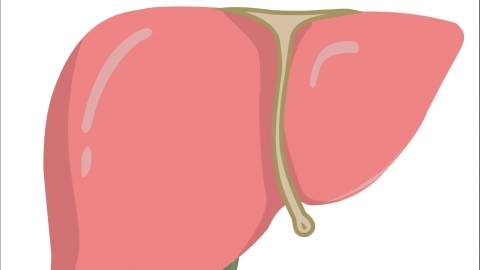What are the transmission routes of hepatitis A?
Generally, hepatitis A is caused by the hepatitis A virus, and its transmission routes include foodborne transmission, waterborne transmission, contact transmission, iatrogenic transmission, and mother-to-child vertical transmission. The details are as follows:

1. Foodborne transmission
This is one of the common routes, especially associated with raw or undercooked foods. Hepatitis A virus can accumulate in shellfish; if the waters where shellfish grow are contaminated by feces from infected individuals, consuming undercooked contaminated shellfish allows the virus to enter the liver via the digestive tract.
2. Waterborne transmission
This often occurs when drinking water sources are contaminated with hepatitis A virus and not properly disinfected. In areas with poor sanitation, rainwater runoff may carry fecal matter into water supplies, or inadequate treatment processes in municipal water systems may fail to eliminate the virus. Drinking such untreated contaminated water can easily lead to outbreaks of hepatitis A.
3. Contact transmission
This commonly occurs in settings involving close personal contact, such as households, schools, and kindergartens. Feces of infected individuals contain large amounts of hepatitis A virus. If proper hand hygiene is not observed after using the toilet, the virus can be transferred to hands and subsequently contaminate objects like utensils, towels, door handles, and toys. Susceptible individuals may become infected when they touch these contaminated surfaces and then touch their mouth.
4. Iatrogenic transmission
This route has a low incidence but still requires vigilance. If medical instruments are contaminated with hepatitis A virus and are not thoroughly cleaned, disinfected, or sterilized before reuse on other patients, cross-infection may occur. Additionally, transmission through blood transfusion is extremely rare because the hepatitis A virus primarily resides in the gastrointestinal tract and is present in very low levels in the bloodstream.
5. Mother-to-child vertical transmission
This mode of transmission is uncommon and only occurs when a pregnant woman experiences acute hepatitis A infection around the time of delivery. The virus may be transmitted to the fetus through maternal blood, amniotic fluid, or birth canal secretions. However, most newborns exhibit asymptomatic infections and do not develop chronic hepatitis. With timely symptomatic management, full recovery is expected.
Maintaining good dietary hygiene, frequent handwashing, and receiving the hepatitis A vaccine can effectively reduce the risk of infection. If symptoms such as fatigue, loss of appetite, or darkened urine appear, prompt medical attention is recommended.







